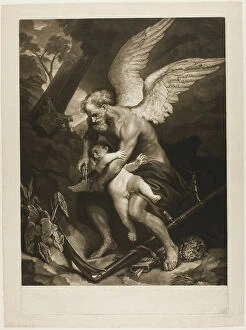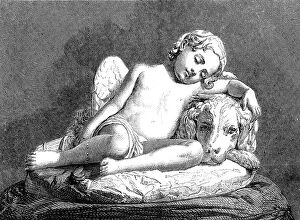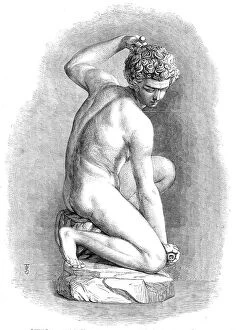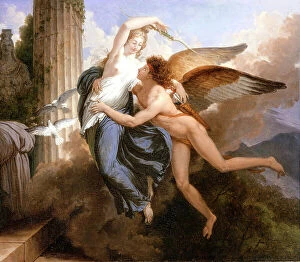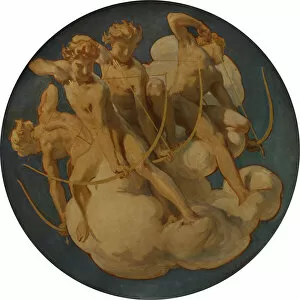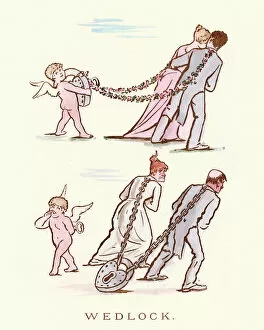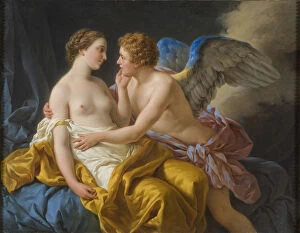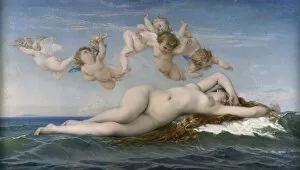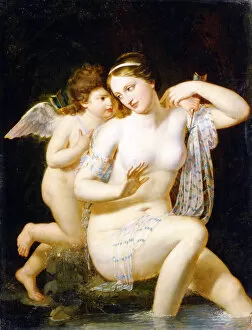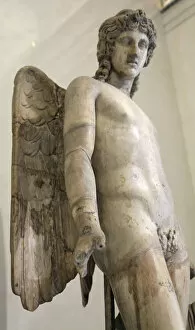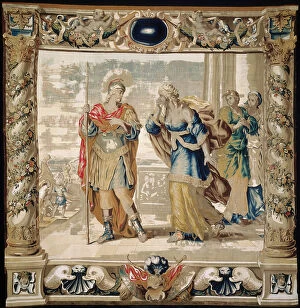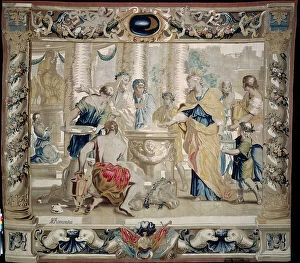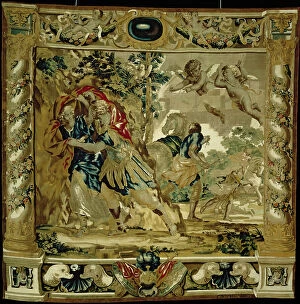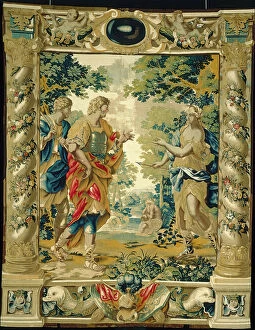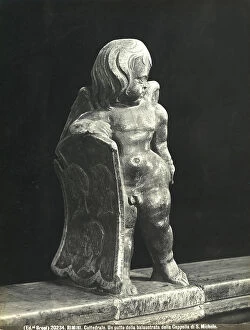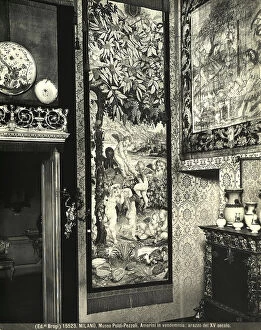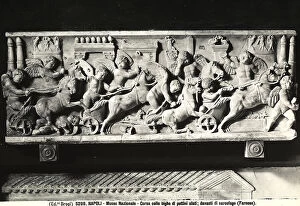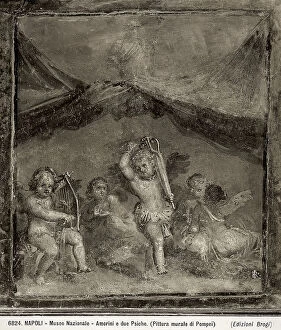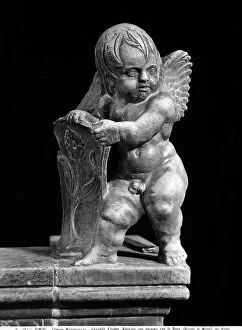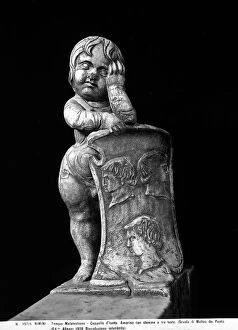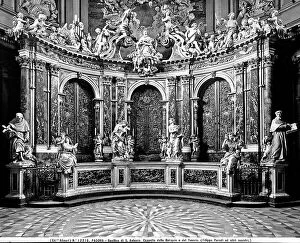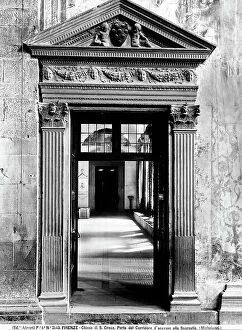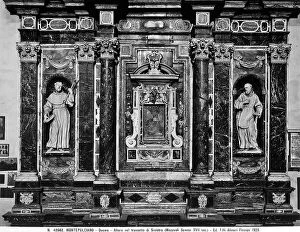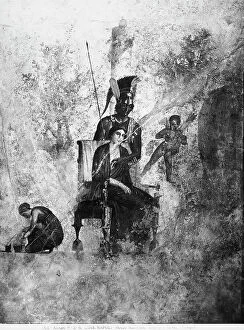Cupid Collection (page 9)
"Cupid: The Timeless Symbol of Love and Desire" In the realm of Greek gods on Mount Olympus, Cupid reigns supreme as the deity of love and desire
For sale as Licensed Images
Choose your image, Select your licence and Download the media
"Cupid: The Timeless Symbol of Love and Desire" In the realm of Greek gods on Mount Olympus, Cupid reigns supreme as the deity of love and desire. Rooted in ancient Greek mythology, this mischievous cherub has captivated hearts for centuries. Dating back to 1880, Cupid's enchanting presence can be traced through various artistic masterpieces. One such painting is "Primavera" by Sandro Botticelli, where he appears alongside other mythical figures, embodying the essence of springtime romance. Another renowned work featuring Cupid is "An Allegory with Venus and Cupid" by Agnolo Bronzino. This captivating piece showcases his role as a divine matchmaker under the watchful eye of Venus herself. Cupid's influence extends beyond paintings; he also graces Tarot Card 6 - L'Amoureux (The Lover or Lovers), symbolizing passionate connections and choices in matters of the heart. His timeless allure is further immortalized in Alexandre Cabanel's masterpiece "The Birth of Venus, " where Cupid accompanies the goddess as she emerges from the sea, representing love's power to transcend all boundaries. One cannot overlook the iconic tale & Psyche, which narrates their epic love story overcoming trials and tribulations – a testament to enduring devotion against all odds. Even in modern times, we encounter representations unexpectedly. From an archer-shaped toilet sign at Oktoberfest in Munich to architectural details like Sparrowes House or The Ancient House in Ipswich – his image continues to permeate our surroundings. Cupid's charm even finds its way into entertainment venues like Hogarth Actresses Barn or Piccadilly/Eros during the 1950s – reminding us that love knows no bounds when it comes to captivating audiences throughout history. As we delve into these diverse depictions across art forms and cultures alike, one thing remains clear.

